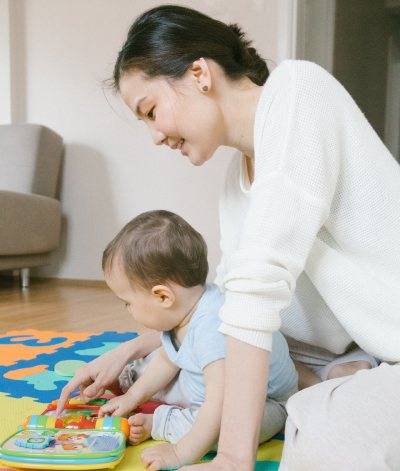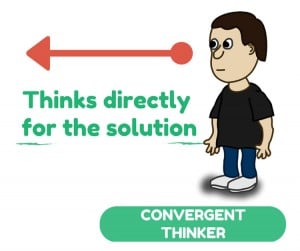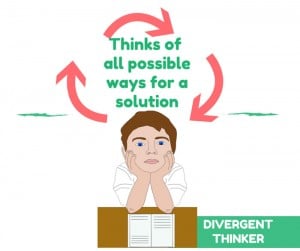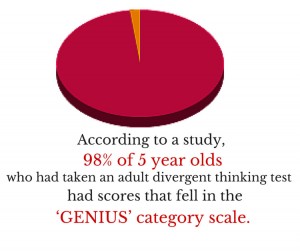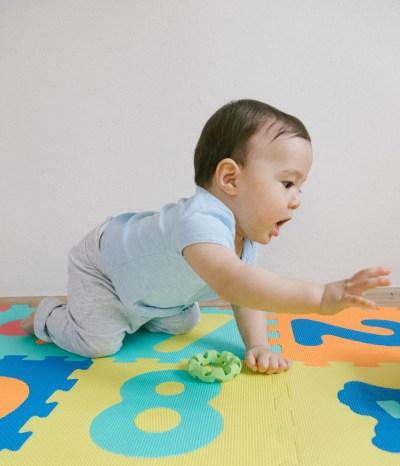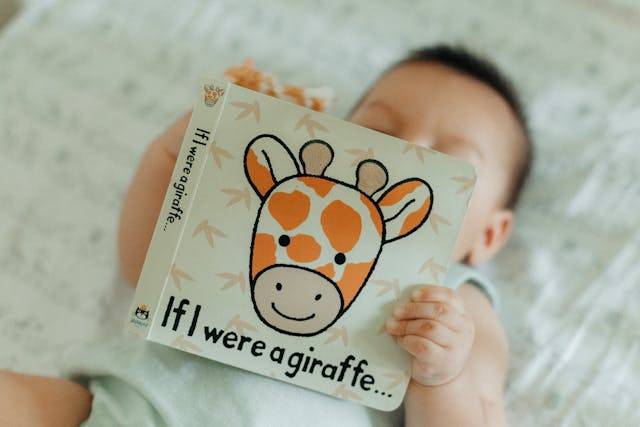HOW TO DEVELOP CRITICAL THINKING IN YOUR CHILD
With changing world, our little wonders are also made to change their style of learning. These little babies are expected to cram facts, analyze, compare, contrast, make inferences, decode information, and do much more. Polished thinking skills have rather emerged as a need of the hour for kids.
The best way to develop critical thinking skills is to let kids explore things as much as they can. In addition, to hone their thinking abilities, you must provide them the creative resources to engage themselves in varied tasks productively.
WHY DO SOME CHILDREN SEEM TO HAVE BETTER IDEAS THAN OTHERS?
‘Thinking’ and its types is a topic that has interested psychologists and doctors for many years. This has lead to a lot of research and experiments on this subject.
What exactly makes children ‘CRITICAL THINKERS’?
What kind of thinker is your child?
How can you make your child become an Critical Thinker?
These are questions that are being asked and some answers have been found.
J.P. Guilford , an American Psychologist recognized 2 main types of thinking.
CONVERGENT THINKING
- Convergent thinking is when a person uses a fixed path or the logical sequence to accomplish a task or solve a problem.
- It is a rather ONE-DIMENSIONAL APPROACH which relies on knowledge or evaluative reasoning alone.
- It is this type of thinking that is required for traditional IQ tests.
DIVERGENT THINKING
- On the other hand divergent thinking is when a person uses Originality and Creativity in his thinking.
- The thinker does not necessarily feel that there is only one fixed solution to a problem or only one approach to a task and creativity is used to think ‘out of the box’ and come up with multiple solutions or a unique new way of doing something.
- Divergent thinking is usually associated with spontaneity and speed.
- It is a Multi-Dimensional approach.
WHAT MAKES GOOD THINKERS?
People with a unique approach or creative problem solvers, are a combination of both types of thinking.
Coming up with unique or original ideas and seeing them through a logical or sequential pattern is an example of a positive blend of the 2 types of thinking.
Convergent style of thinking is encouraged and honed by the conventional education systems.
However, divergent thinking needs to be cultivated and encouraged from a young age.
This percentage kept decreasing as the researchers studied the children as they grew older. This shows that Infants and Preschoolars do indeed, have Divergent Thinking and this thinking should not be ignored and instead cultivated as it will help them in their adult lives.
This kind of early learning must be encouraged by parents.
TIPS FOR DEVELOPING CRITICAL THINKING IN YOUR CHILDREN:
1. Let your child attempt:Helping your child find answers to all their queries without letting them brainstorm their little minds will not help. Let your child explore things and think hard to satiate all their questions. Offer them enough time to think hard to generate a critical response. This will help to spark the young minds of your young ones.
2. Use, ‘Help your child develop a hypothesis’ instead of-‘ build logical thinking.’
Let your child correlate the cause-and-effect phenomenon in day-to-day life. This will help them develop a reason for doing something or not doing something, which will hone critical thinking skills in your kids.
Example 1: You may try asking them:
If you run on wet ground, what do you think will happen?
And what do you think will happen next?
So, what will you do the next time if you are walking and you see some water spilled over on the floor ahead you?
Example 2:
Child:Look ma! Leaves are falling from the tree.
You: Ya, because it’s windy.
THIS IS SO WRONG!
You should always keep asking questions to develop your child’s DIVERGENT THINKING.
CORRECT:
Child: Look ma! Leaves are falling from the tree.
You: Why do you think they are falling?
Child: (Smiles) I don’t know.
You: Do you think it’s because of the wind?
Child: Yes! It’s the wind.
You: Why are only few leaves falling? Why not all?
Encourage the child’s questions and curiosity.
Children’s imagination is one of their best qualities. Let it run wild. Remember that they do not need a “reality check” at such a young age.
3. Read to your child
Read to your child as much as you can in the formative years. When a child listens to a story, they often build imagery which stimulates their mind by triggering a creative thought process. The best gift you could ever give to your child is the gift of reading. Reading bedtime stories or any interesting comic book during the day is a great way to boost your child’s thinking skills. So, make sure that your child has access to good books all the time.
4. Help your child build a positive mindset
While growing up, children tend to pick up various beliefs from their surroundings, some positive and others negative. It would be best if you recognize the dominant thought pattern of your child and always try to transform those little negative beliefs into positive ones.
The child must be taught to transform all ‘I can’t’ thoughts into ‘How can I?’. The children must be made aware of the positive thought process right at this young age. This entire process of being able to recognize your own thoughts is called metacognition. Studies have shown that such children develop flexible thinking and are more successful in their lives.
They say, ‘Great thinkers are Great doers.’
Critical thinking is a great way to learn new skills. The sooner your child gets into critical thinking, the better your child’s learning curve is.
WHAT SHOULD YOU BUY FOR YOUR CHILD TO DEVELOP THINKING?
For a 2-5 year old child, It is extremely important to train this thinking.
Here is a list of things that you can get your child:
1. UNIQUE BOOKS: Lift-the-flap books, peek-a-boo books, water books, slide books etc.
2. WORKSHEETS: Joining the dots, mazes etc.
3. FLASH CARDS: Perfect way to develop thinking!
4. JIGSAW PUZZLES: Builds pattern and shape recognition.
So what are you waiting for? Go on, LET YOUR CHILD EXPLORE!
